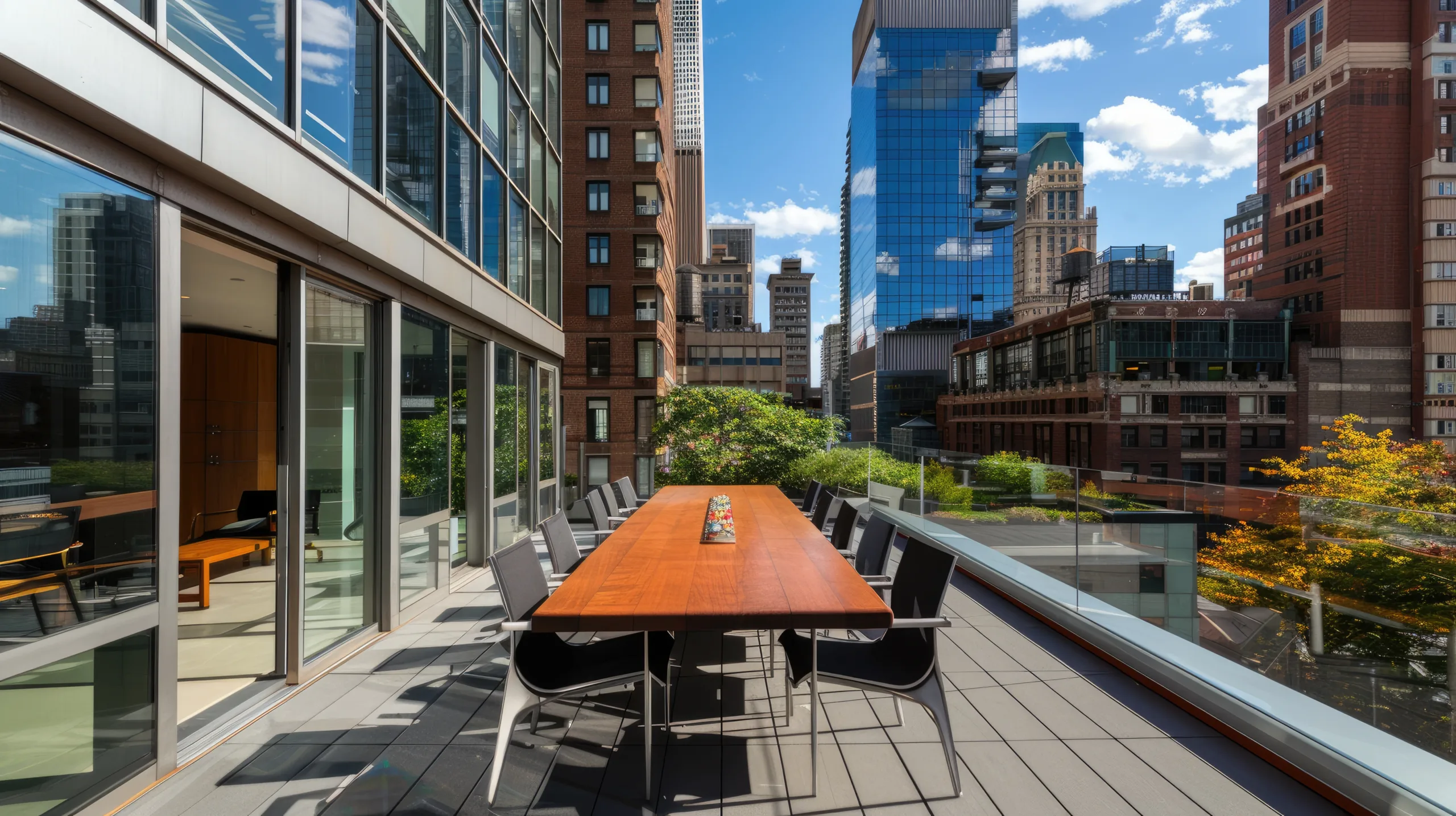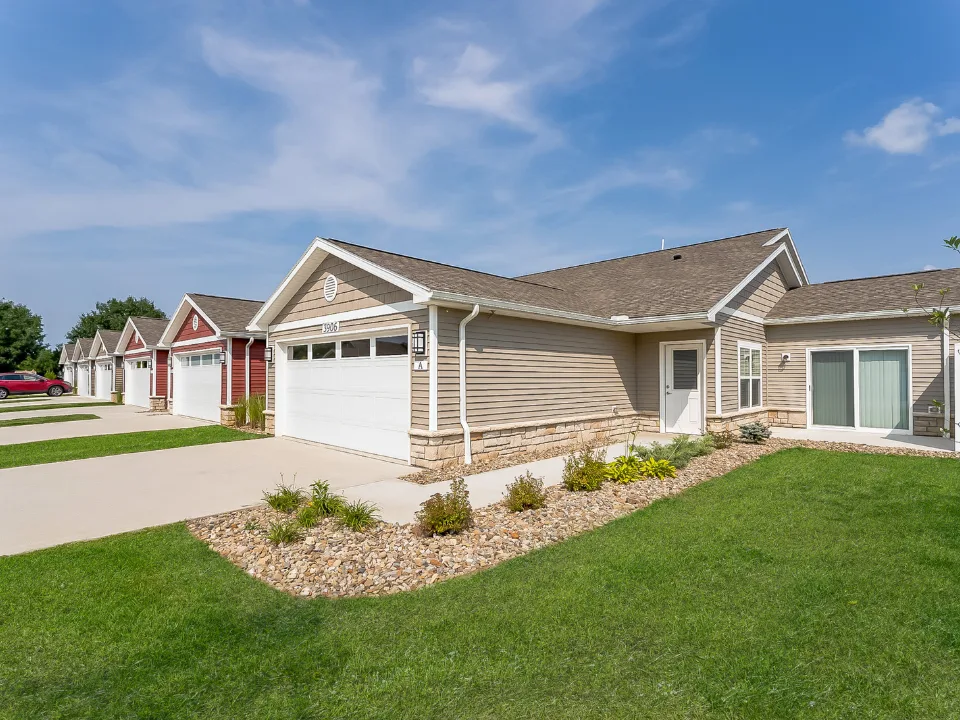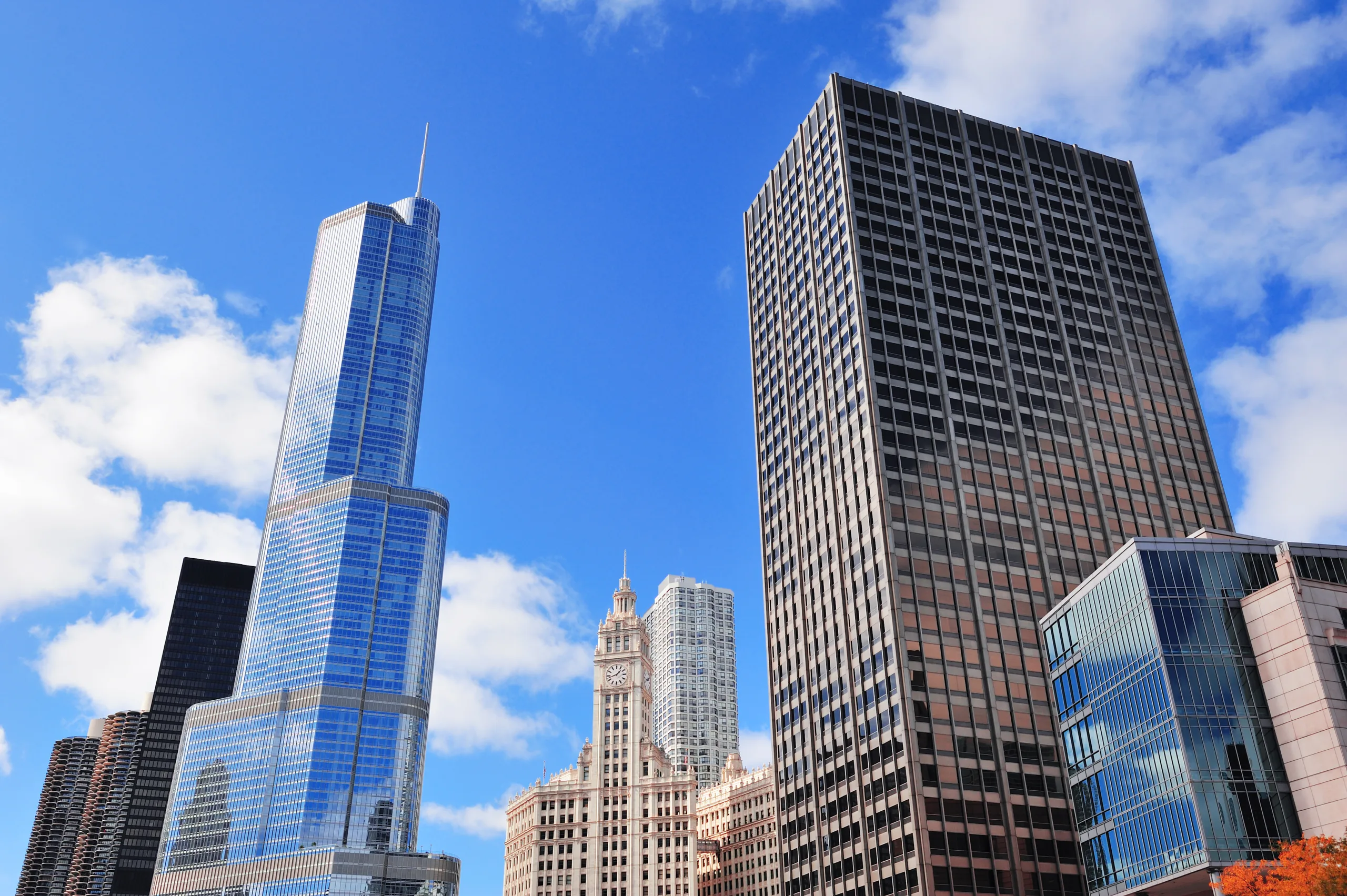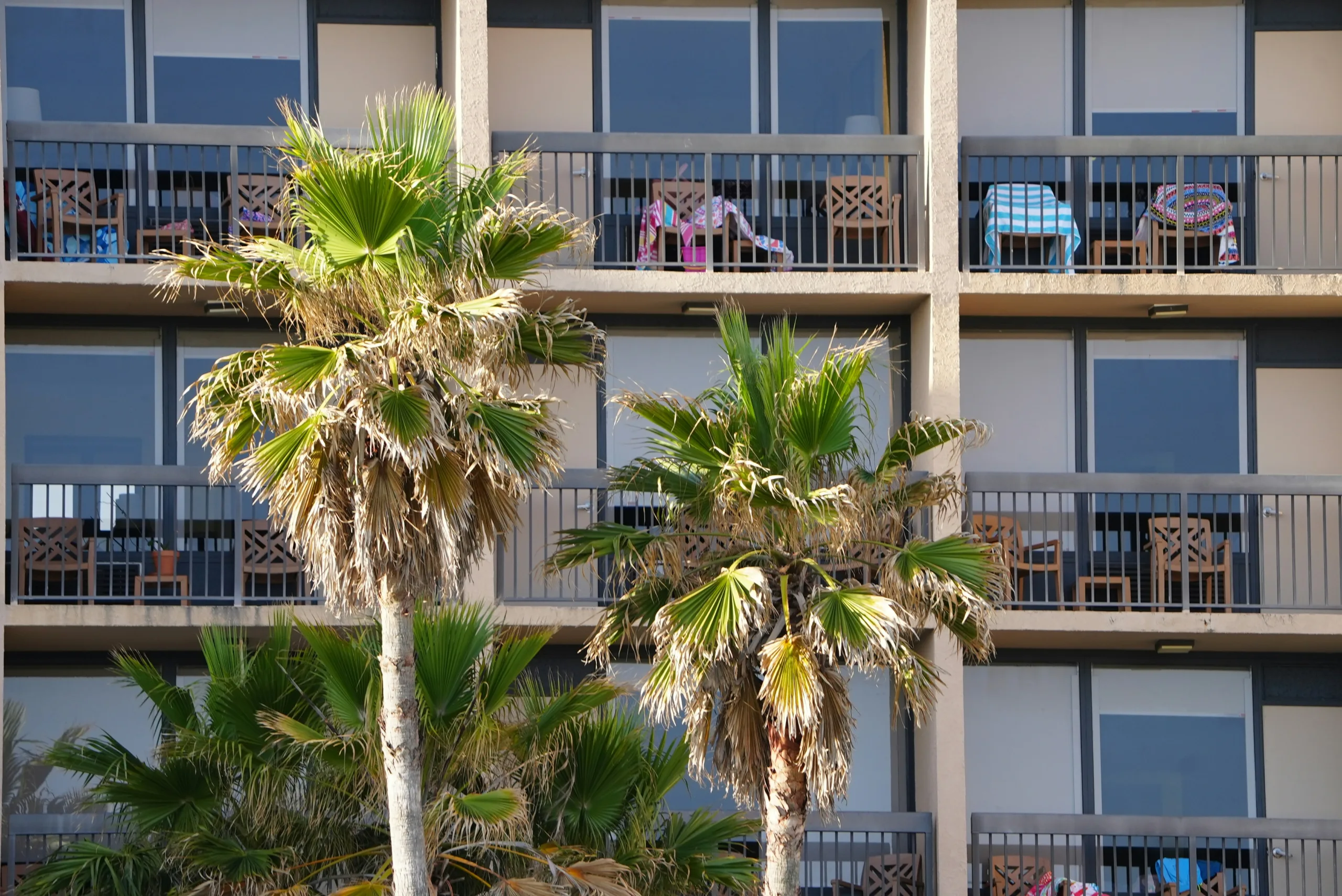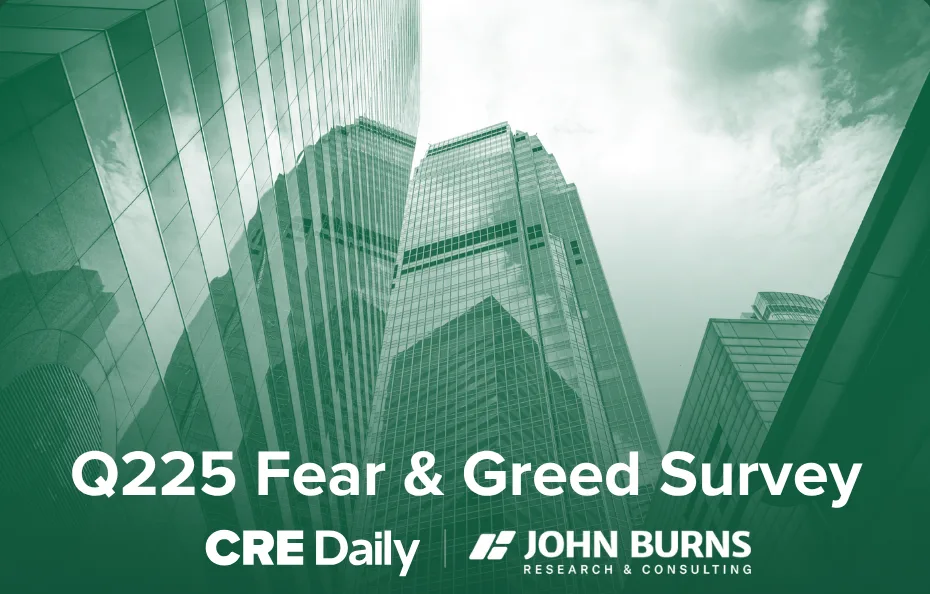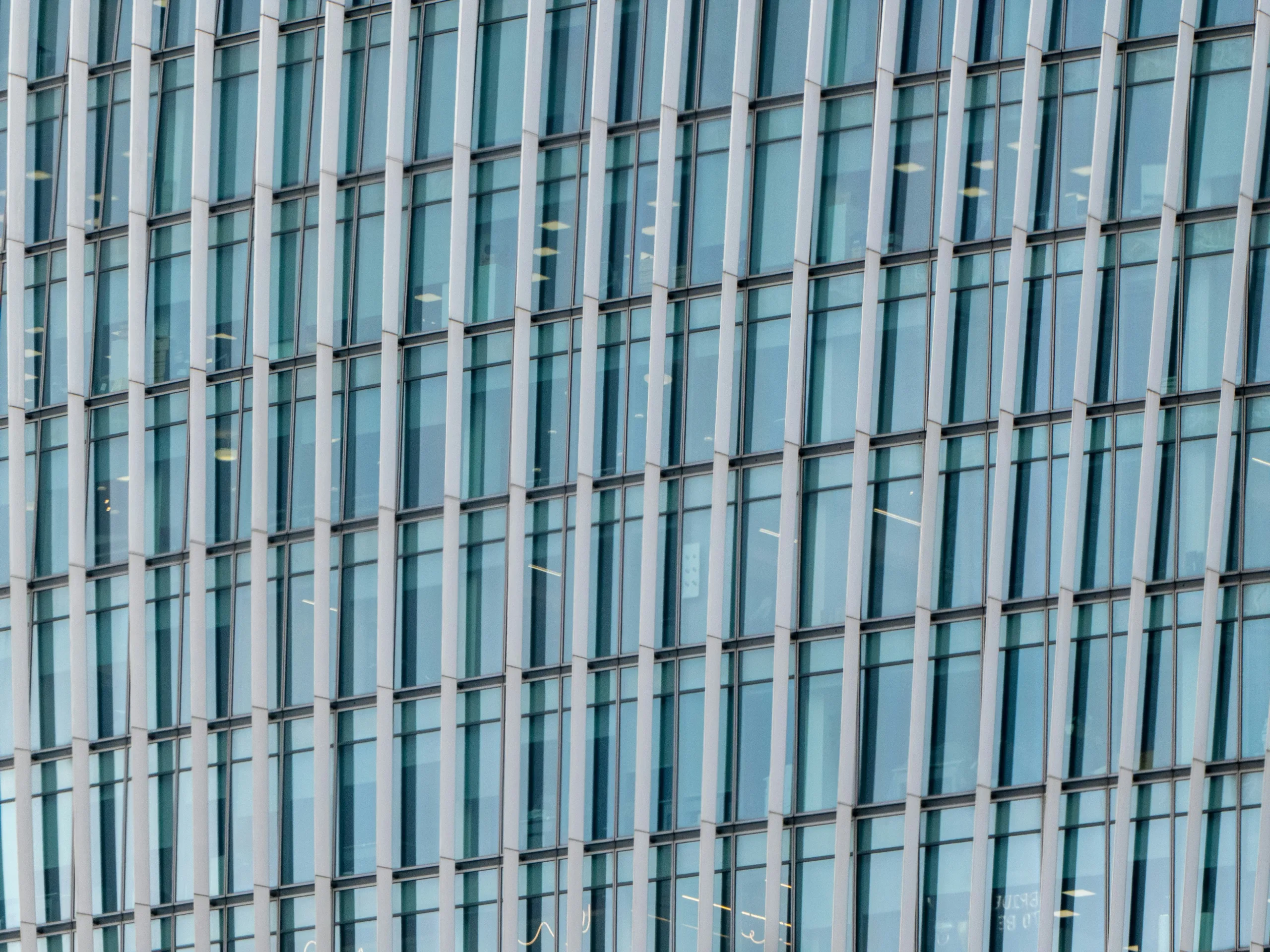- Lifestyle office markets now account for 172M SF of US office space and are outperforming traditional markets in occupancy, lease rates, and sales velocity.
- These districts average a 12.5% vacancy rate vs. 22.5% nationally, with direct asking rents averaging $67.94/SF — 32% higher than conventional Class A offices.
- Institutional capital is shifting toward lifestyle markets, with sales prices PSF now 71% higher than traditional office deals and cap rate premiums expanding.
A Shift In Office Demand
Lifestyle office districts blend offices, housing, and retail in walkable areas, becoming the new standard for workplace environments, reports GlobeSt. According to JLL data from September 2025, these districts now make up 172M SF, about 4% of the national office inventory. But more importantly, they’re outpacing traditional office markets by wide margins in rent growth, absorption, and investor appeal.
Demand Defies Broader Trends
The national office market continues to struggle with a 22.5% vacancy rate. Since 2020, it has lost nearly 297M SF of occupied space. In contrast, lifestyle markets are showing a very different trend. These high-demand areas boast a significantly lower 12.5% vacancy rate and have added over 33M SF of net absorption in the same period.
Direct asking rents in these areas now average $67.94 PSF. That’s significantly higher than the $39.63 average across the broader office market. Tenants are willing to pay a premium for better locations, experiences, and amenities.
Get Smarter about what matters in CRE
Stay ahead of trends in commercial real estate with CRE Daily – the free newsletter delivering everything you need to start your day in just 5-minutes
Tenant Base Expands
Originally favored by tech and creative firms, lifestyle districts are now attracting a broader range of industries, including law firms, banks, and professional service providers. These tenants are signing some of the highest-rent leases in the market. As a result, lease rates in lifestyle districts now average 32% higher than those in traditional Class A buildings.
New developments in these areas are leasing up faster than in traditional markets. Projects reach 90% leased in half the time. Overall occupancy is also nearly five percentage points higher than the average for new supply.
Investor Focus Recalibrates
Institutional capital has taken notice. Where investors once prioritized trophy towers in downtown cores, they’re now directing capital toward lifestyle districts. Since 2020, sales volume in these areas has surged, with average cap rates showing a premium of 111 basis points over traditional office assets. Office buildings in lifestyle districts now command prices 71% higher PSF compared to conventional deals.
This pricing premium underscores investor confidence in the long-term resilience and leasing strength of these submarkets.
Where It’s Happening
Key submarkets leading the trend include:
- Midtown Atlanta
- Fulton Market, Chicago
- Wynwood & Design District, Miami
- Seaport, Boston
- Uptown, Dallas
- LoDo, Denver
- Playa Vista, Los Angeles
- Meatpacking District, New York
- Lake Union, Seattle
These areas, often adjacent to traditional downtowns, have successfully integrated residential, retail, and office uses, creating vibrant 24/7 environments that continue to attract tenants and capital — even as core business districts and suburban markets struggle.
Why It Matters
The rise of lifestyle office markets signals a deeper structural shift in office preferences. As occupiers prioritize flexibility, experience, and access to amenities, developers and investors are aligning their strategies accordingly. With lease-up velocity high, pricing power strong, and occupancy trending upward, these markets are increasingly seen as a safer bet in an uncertain office climate.
What’s Next
Expect lifestyle markets to grow in both size and significance. As more tenants seek out these high-performing submarkets, developers will likely follow with more ground-up projects and repositionings. And with institutional capital continuing to pursue stability and long-term growth, lifestyle districts could become the defining face of the next generation office landscape.


